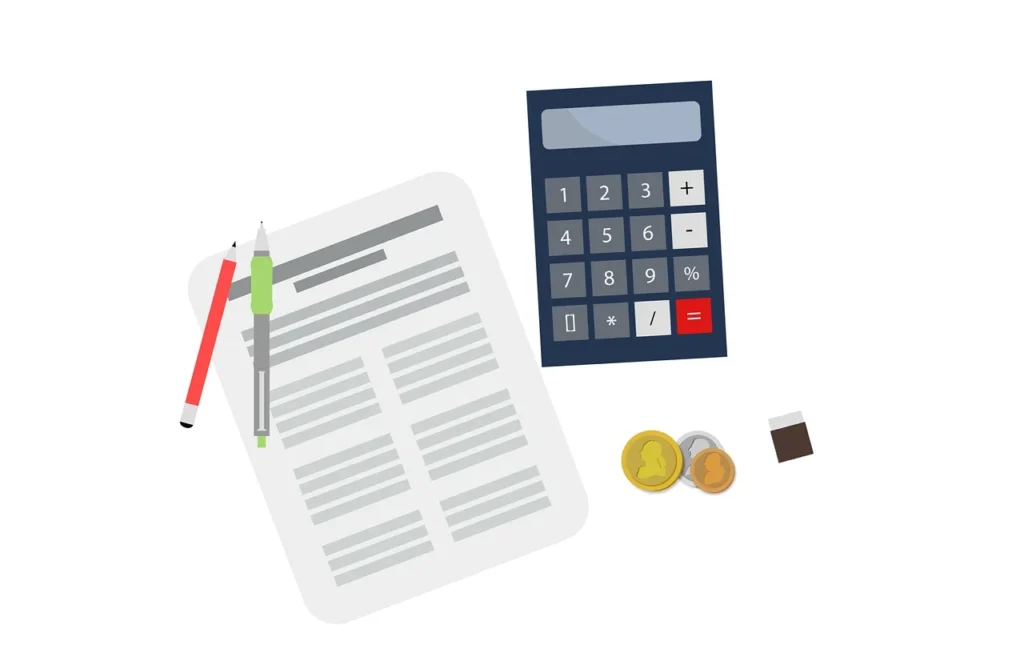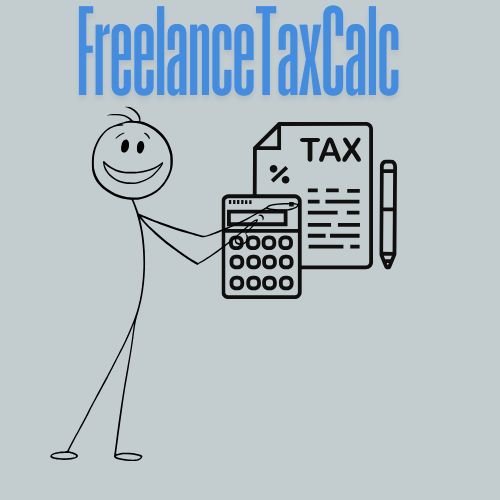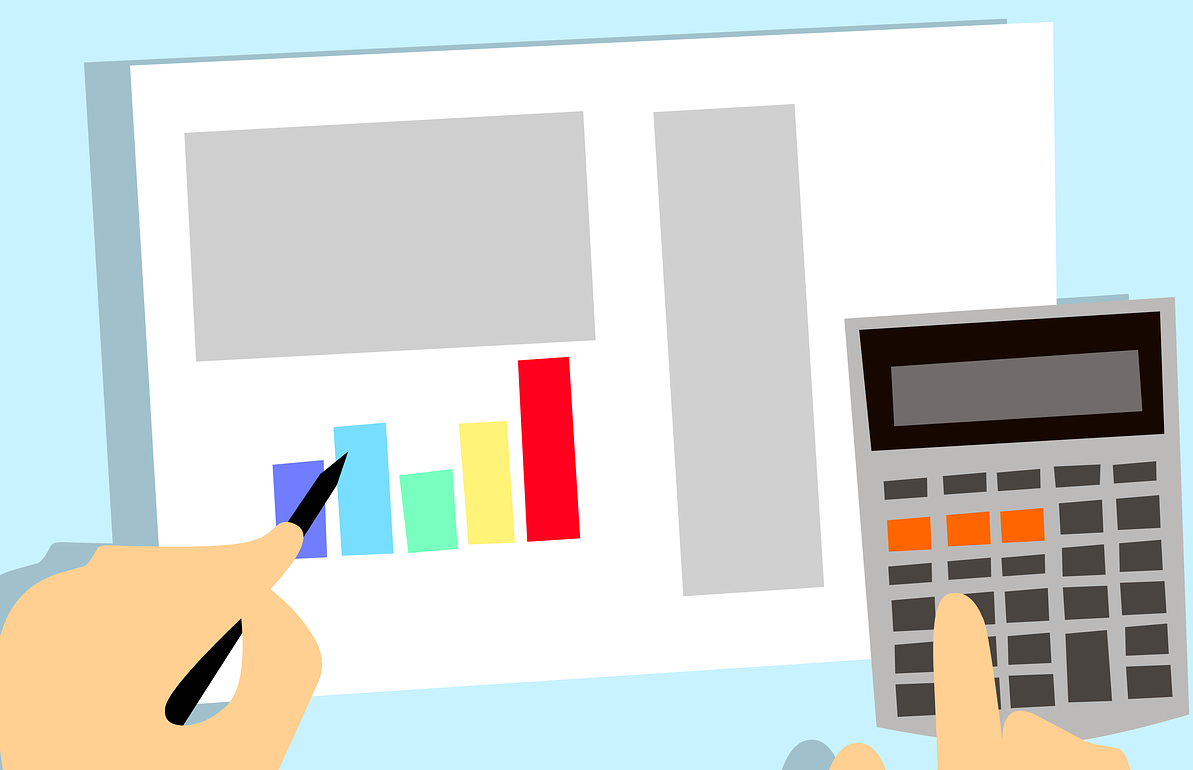10 Tax-Saving Tips for Freelancers in 2025
Want to keep more of what you earn? These tax-saving strategies are essential for freelancers, gig workers, and self-employed professionals.
1. Track Every Business Expense
Freelancers often miss deductions because they don’t track expenses consistently. Deduct things like:
- Software and tools (e.g., Canva, Zoom)
- Home office utilities
- Equipment and phone bills
- Business travel and meals (partial)
Use a tool like QuickBooks, Notion, or even a simple spreadsheet to stay organized year-round.
2. Deduct Your Home Office
If you regularly work from a dedicated space at home, you may qualify for the home office deduction. It’s based on the square footage used exclusively for business.
You can choose between:
- Simplified method: $5/sq. ft. (max 300 sq. ft.)
- Regular method: Actual expense percentage
🧾 3. Set Aside for Self-Employment Tax
As a freelancer, you’re responsible for the 15.3% self-employment tax (Social Security + Medicare). Don’t get caught off guard — calculate it quarterly using a freelance tax calculator (like the one on this site!).
4. Make Quarterly Estimated Payments

The IRS expects freelancers to pay taxes quarterly. Missing deadlines can lead to penalties and interest. Mark your calendar for:
- April 15
- June 15
- September 15
- January 15 (of the next year)
Use Form 1040-ES to estimate and pay online.
5. Deduct Education and Courses
Learning a new skill for your freelance business? You can often deduct:
- Online courses
- Webinars
- E-books and trade publications
As long as it’s directly related to your current work, it may be a valid write-off.
6. Don’t Forget Health Insurance Deductions
If you’re self-employed and pay for your own health insurance, you may qualify to deduct the premiums (and sometimes dental, vision, or dependent coverage).
This is an above-the-line deduction, which means it reduces your taxable income even if you don’t itemize.
7. Open a SEP IRA or Solo 401(k)
Want to lower your taxes and save for retirement? You can contribute to:
- SEP IRA: Up to 25% of income or \$66,000 (2023 limit)
- Solo 401(k): Up to \$22,500 + 25% profit-sharing
Both reduce your taxable income now and grow tax-deferred.
8. Use the Standard Mileage Deduction (if you drive for work)
If you use your car for freelance business, track your business miles. In 2025, the IRS standard mileage rate is expected to be around 67 cents per mile.
You can also deduct actual car expenses, but most freelancers benefit more from the standard mileage method.
9. Keep Digital Receipts Organized
In case of an audit, you need documentation. Use cloud tools like:
- Google Drive
- Dropbox
- Expensify or Evernote
Create folders by month and save receipts, invoices, and payment confirmations.
10. Use a Tax Calculator and Plan Ahead
Use our freelance tax calculator to estimate what you owe — including federal, state, and self-employment taxes. Knowing in advance means fewer surprises and smarter financial planning.
Final Tip: Work With a Tax Pro
A qualified CPA or enrolled agent who understands freelance taxes can help you maximize deductions, avoid penalties, and save you time. Even one consultation could pay off.
Start Saving Now
Bookmark this list, and start applying these tips one by one. The earlier you prepare, the more you save — and the less stressful tax season becomes.
➡ Try our Freelance Tax Calculator to estimate your taxes instantly.

